Picture the gates of a zoo closing for the final time. The crowd disperses, the animal enclosures grow silent, and a chapter ends. But for the animals, this isn’t the end—it’s the start of something new. From sprawling sanctuaries to wild forests, these 19 real-life stories reveal what happens when zoos, circuses, and aquariums shut their doors and animals are given a chance to rediscover life.
1. White Oak Conservation, Florida – Elephants Rediscover Freedom

Shutterstock
On a misty Florida morning, 32 elephants from the Ringling Bros. circus take cautious steps into a vast, 2,500-acre sanctuary. For years, these elephants lived in cramped quarters, performing under spotlights. Now, they explore shady oak groves, splash in custom-designed pools, and roam free on soft, green grass. Watching them flap their ears and trumpet to one another, it’s clear they’re rediscovering forgotten instincts and freedoms. White Oak has created a haven where elephants can finally be elephants again.
2. Big Cat Rescue, Florida – Tigers Find Their Roar

YouTube
Max, Simba, and Kimba once lived in a Guatemalan circus, enduring harsh conditions and neglect. Now, they roam the expansive enclosures at Big Cat Rescue in Tampa, Florida. Their fur gleams in the sunlight as they play with enrichment toys and prowl along shaded paths. For years, their movements were confined to cramped cages; today, they stretch their limbs, leap, and even lounge lazily under trees. Their transformation is remarkable, and their growls carry a new strength—a voice that was once silenced but now echoes through their sanctuary.
3. Clearwater Marine Aquarium, Florida – Healing in the Ocean’s Embrace
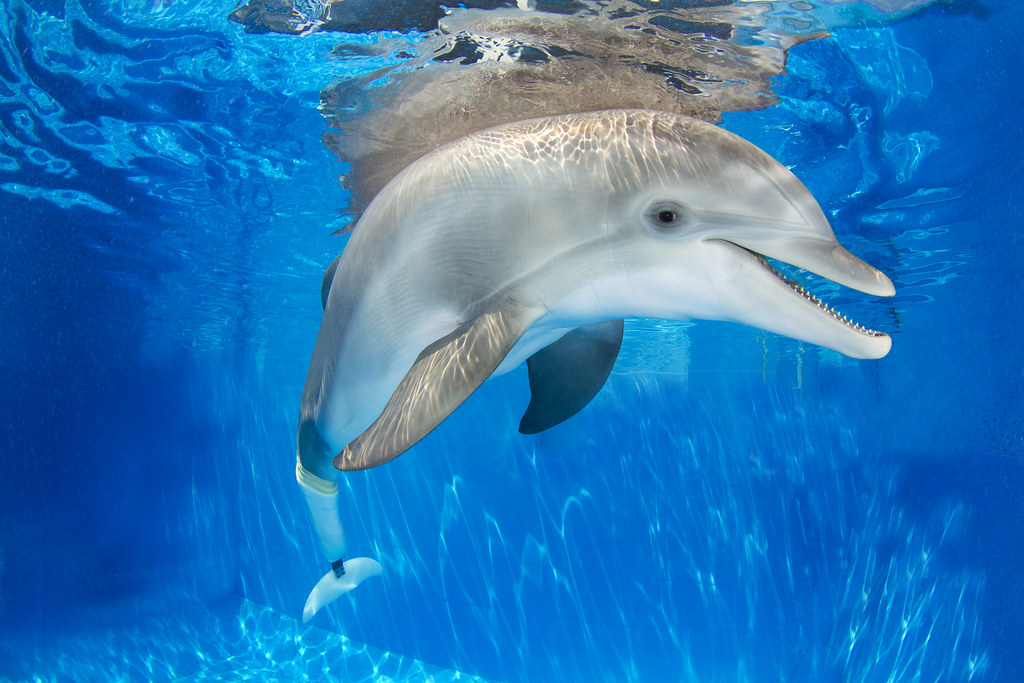
Flickr
At Clearwater Marine Aquarium, rescued marine animals like dolphins, turtles, and otters find new lives. The aquarium became world-famous thanks to Winter the dolphin, who thrived with a prosthetic tail after a life-altering injury. Walking through the facility, you see the gentle care given to each animal. Many, like Winter, become ambassadors for marine conservation, teaching visitors about the delicate balance of ocean ecosystems. For others, this is a temporary stop on their journey back to the wild.
4. Shambala Private Reserve, South Africa – A New Beginning for Charlie
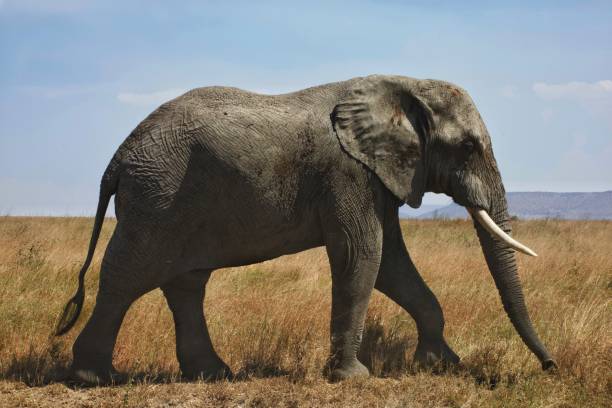
iStock
After 40 years alone, in a cramped enclosure, Charlie the elephant takes his first steps into Shambala Reserve’s sprawling fields. The South African landscape stretches endlessly before him, offering a freedom he’s never known. For decades, Charlie’s days were monotonous, confined to concrete walls. But here, he explores open spaces, grazing and interacting with other elephants. Watching him lift his trunk and rumble in greeting, it’s clear Charlie has found a second chance at life.
5. The Elephant Sanctuary, Tennessee – A Reunion Worth the Wait
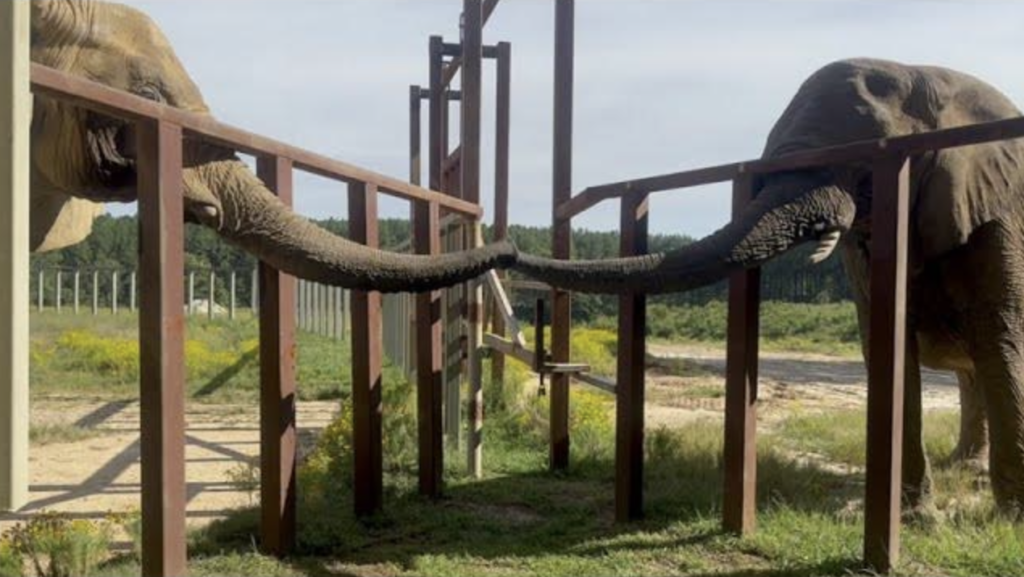
YouTube
In Tennessee’s rolling hills, Osh, a 30-year-old African elephant, hesitates as he enters his new home. Moments later, Donna, an old companion he hadn’t seen in years, rushes to greet him. Their trunks intertwine, a touching reunion after years apart. At The Elephant Sanctuary, Osh and Donna now roam freely, exploring lush pastures and cooling off in mud baths. For aging elephants like these, this sanctuary offers not just freedom, but also the joy of rediscovered friendships.
6. Monarto Safari Park, Australia – Burma’s Fresh Start
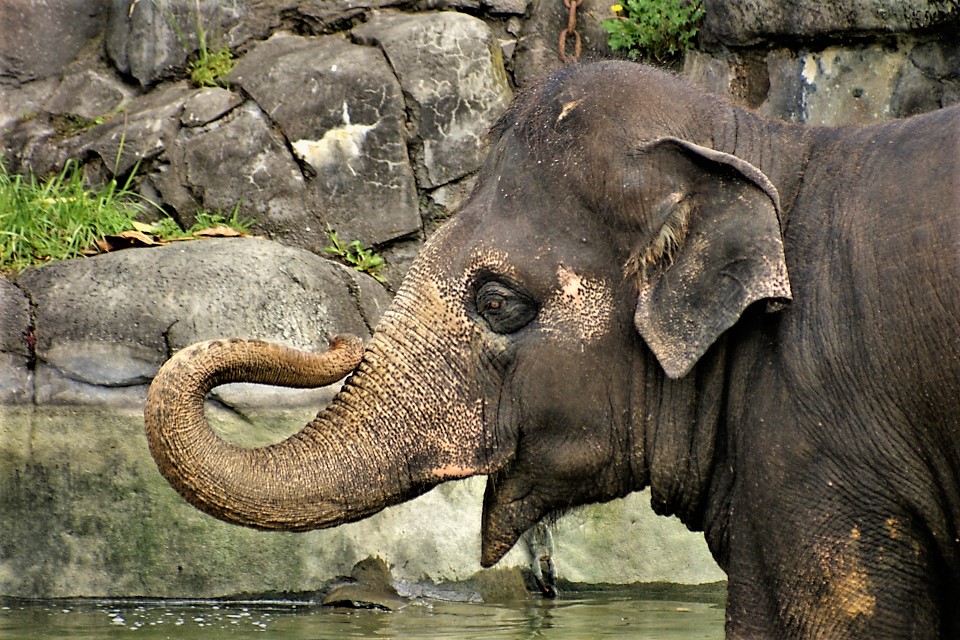
Zoomedia
Burma, a 42-year-old Asian elephant, traveled thousands of miles to Monarto Safari Park after Auckland Zoo retired its elephant program. Her arrival is a turning point—not just for her, but for the park’s efforts to protect endangered species. For the first time in years, Burma has space to roam and companions to bond with. Watching her trumpet softly to the other elephants, you can see the calm that comes with leaving behind a life of enclosures.
7. Prospect Park Zoo, New York – New Beginnings Behind Old Gates

Flickr
After months of closure, Brooklyn’s Prospect Park Zoo reopens with a new energy, thanks to its newest residents: three baby Hamadryas baboons. Watching the babies cling to their mothers, tumble through their enclosure, and chatter excitedly, you’re reminded that even in places facing challenges, life finds a way to flourish. Their arrival brings fresh hope to a zoo rebuilding its future.
8. European Forests – The Return of the Bison

YouTube
In the heart of Poland’s Białowieża Forest, a herd of European bison moves through the trees, their powerful frames blending into the wild landscape. Once extinct in the wild, these majestic animals have been reintroduced through rewilding efforts supported by zoos. Watching them graze and interact, it’s hard to believe they were ever gone. Their presence isn’t just a triumph for conservation—it’s a restoration of balance to their natural habitat.
9. Arabian Deserts – The Oryx’s Desert Homecoming
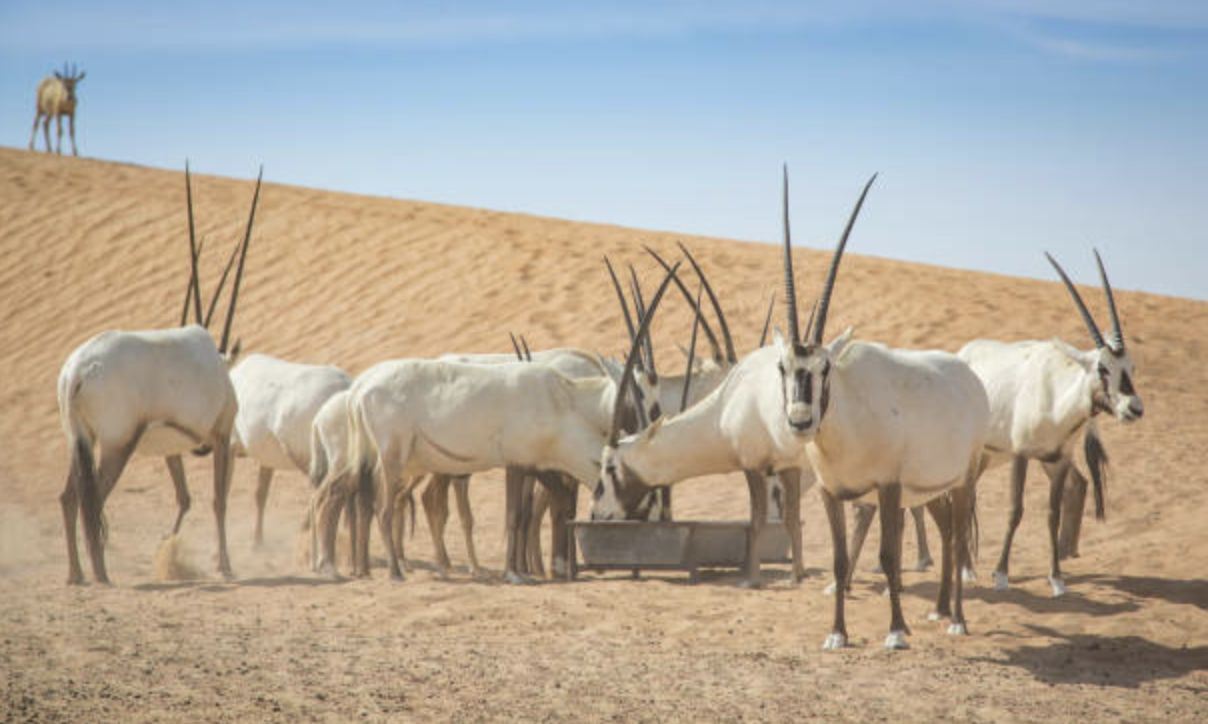
iStock
The Arabian oryx, with its striking white coat and long, straight horns, was once extinct in the wild. Today, herds of these graceful antelopes roam freely in the deserts of Oman and Saudi Arabia. Released from captive breeding programs, they navigate the arid landscape with ease, perfectly adapted to their environment. Seeing them silhouetted against the orange dunes, it’s clear their return is a victory for wildlife conservation.
10. California Condor Recovery Program – Soaring Over the Canyon
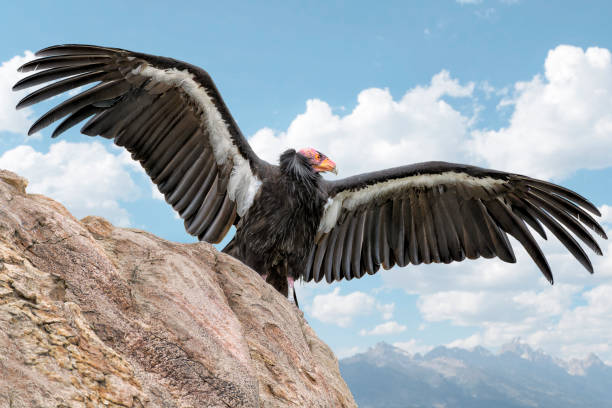
iStock
High above the Grand Canyon, a California condor glides effortlessly on thermals. Once reduced to just 27 individuals, these birds were bred in zoos and reintroduced into the wild. Their recovery is one of the greatest success stories in conservation. Standing on the canyon’s edge, watching these massive birds soar, you can’t help but marvel at their resilience and the efforts that saved them from the brink of extinction.
11. The Wild Animal Sanctuary, Colorado – A Refuge for the Forgotten
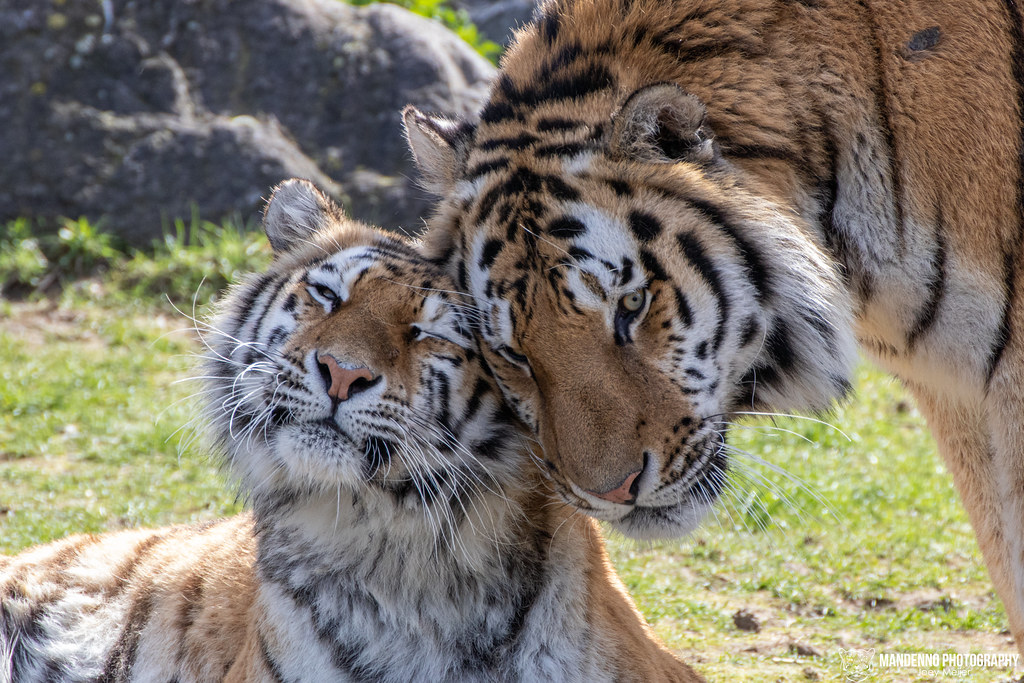
iStock
In Colorado’s vast plains, lions, tigers, and bears from Puerto Rico’s closed zoo find solace at The Wild Animal Sanctuary. The facility, one of the largest of its kind, offers expansive enclosures that mimic natural habitats. Walking the elevated boardwalk above their new homes, you watch a lioness stretch lazily in the sun while a black bear ambles toward a berry bush. For animals once confined to small, inadequate spaces, this sanctuary is a transformative refuge.
12. Eco Parque, Buenos Aires – A Zoo Reimagined

iStock
In the heart of Buenos Aires, a zoo once bustling with visitors is being transformed into Eco Parque, a conservation-focused sanctuary. While the former Buenos Aires Zoo closed its gates, its animals were given new futures. Some, like the curious tapirs and playful monkeys, remain onsite in upgraded enclosures designed to mimic their natural habitats. Others are relocated to sanctuaries across the globe. Walking through the evolving space, you see a focus on education and rehabilitation, turning the zoo into a place of healing rather than captivity.
13. Costa Rican Sanctuaries – Wild Lives Restored
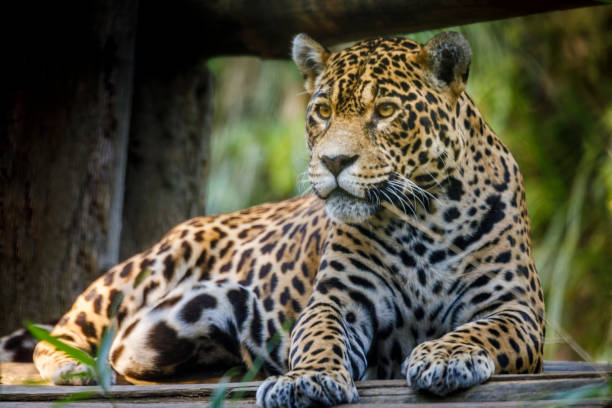
iStock
Costa Rica’s decision to close its state-run zoos sent shockwaves through the conservation world. Nearly 300 animals, from majestic jaguars to boisterous monkeys, were relocated to sanctuaries across the country. In these lush, natural settings, the animals are thriving. A jaguar paces confidently in his spacious new habitat, while a troop of howler monkeys swings freely through the canopy. This bold move reflects Costa Rica’s commitment to wildlife protection and sets a global example for ethical animal care.
14. Animal Defenders International Rescue Centers – Circus Survivors’ Second Chance
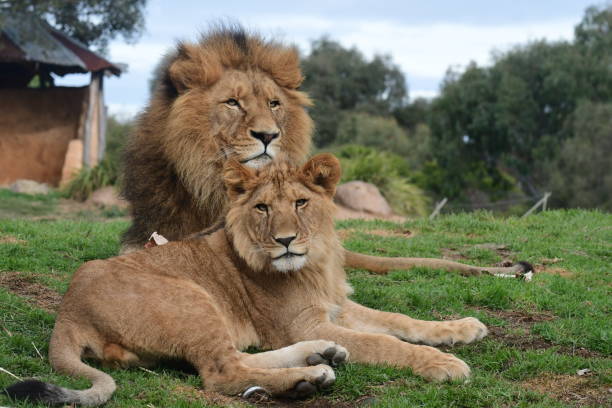
iStock
After being rescued from Guatemalan circuses, a group of lions and tigers were transported to temporary rescue centers run by Animal Defenders International (ADI). These centers, designed to offer immediate care, became the stepping stone to a better life. Watching a tiger lounge in the shade of her enclosure, you can see the calm that comes from leaving behind years of exploitation. Eventually, these animals are transferred to sanctuaries worldwide, where they can fully heal and thrive.
15. Waccatee Zoo Rescues – A New Chapter for Neglected Animals
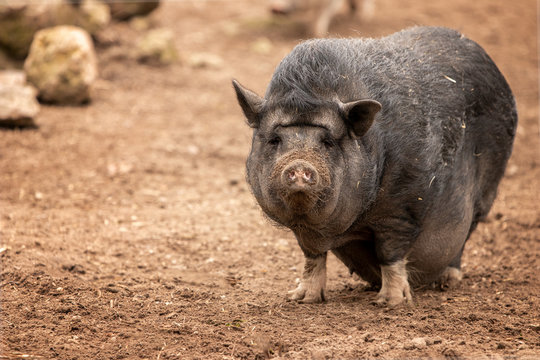
Adobe
The Waccatee Zoo in South Carolina was notorious for its poor conditions. When it finally closed, animals like a potbellied pig and a coatimundi were rescued by sanctuaries equipped to provide proper care. In their new homes, these animals now enjoy enriched environments, specialized diets, and attention that prioritizes their well-being. Seeing the potbellied pig snuffle happily through fresh hay, it’s clear these rescues have turned their lives around.
16. St. Edouard Zoo Relocations – From Neglect to Safety
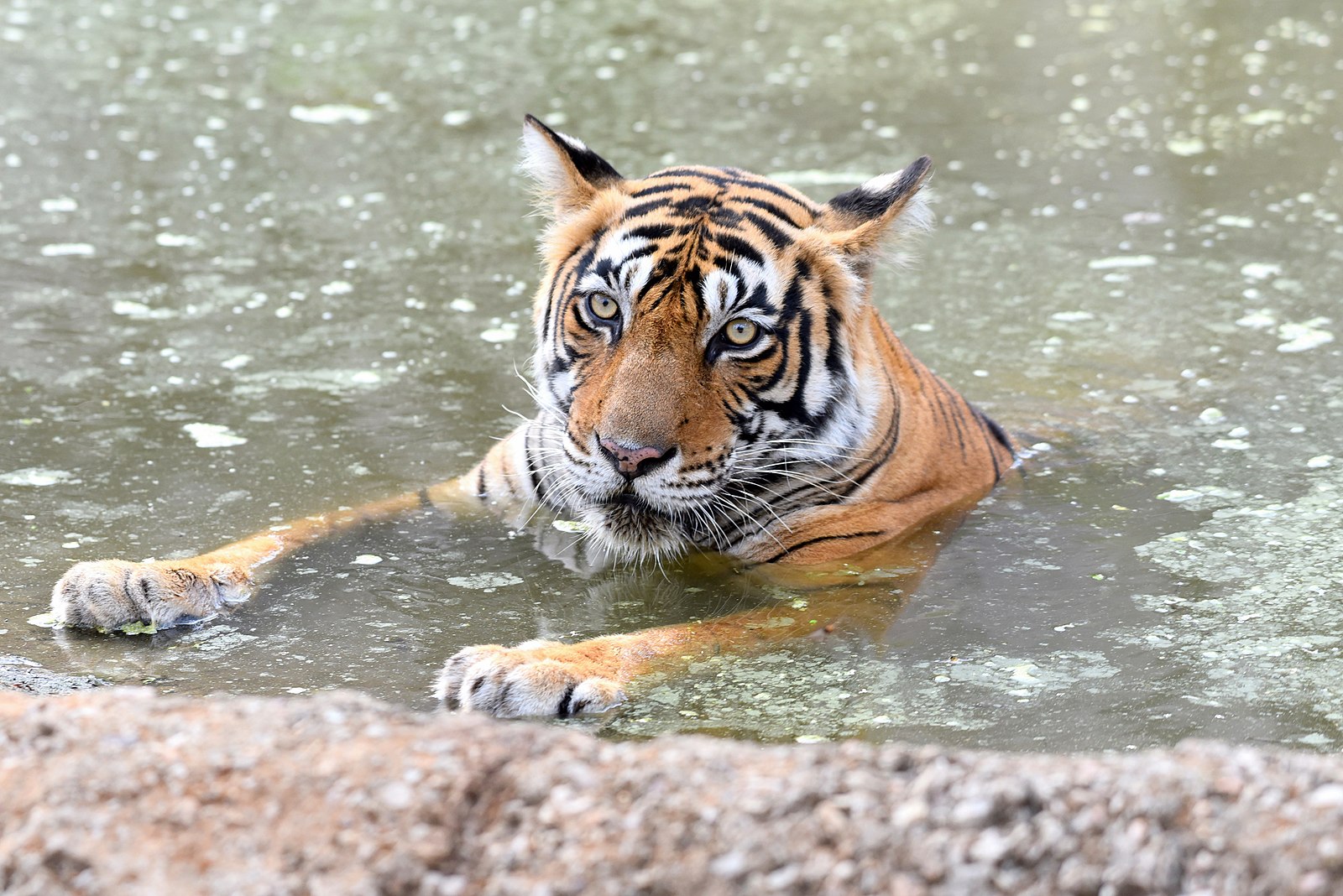
Wikimedia Commons
When Canada’s St. Edouard Zoo shut down, it left behind a troubling legacy of neglect. Thankfully, organizations like Black Beauty Ranch in Texas stepped in to relocate the animals. Lions, tigers, and kangaroos were given a fresh start in expansive, carefully maintained habitats. Watching a lioness stretch under the Texan sun, you can almost sense her relief. The transition from cramped cages to wide-open spaces marks a significant shift in her life.
17. Simon Bolivar Zoo, Costa Rica – A Nation’s Commitment to Change
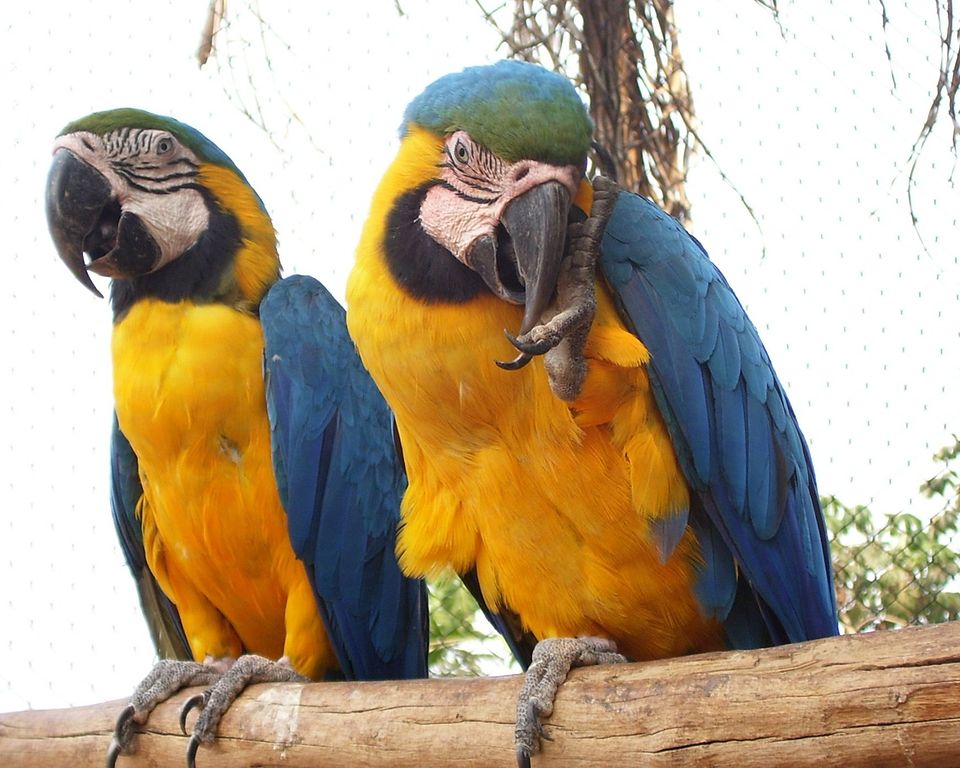
Wikimedia Commons
The closure of Costa Rica’s Simon Bolivar Zoo marked a turning point in the country’s approach to animal welfare. Over 180 animals, including sloths, macaws, and reptiles, were moved to sanctuaries and wildlife reserves. Walking through one of these sanctuaries, you see macaws flitting through the treetops and sloths lounging in trees—exactly where they belong. The move is a testament to Costa Rica’s dedication to putting animal welfare first.
18. Joe Exotic’s Roadside Zoo – From Chaos to Care
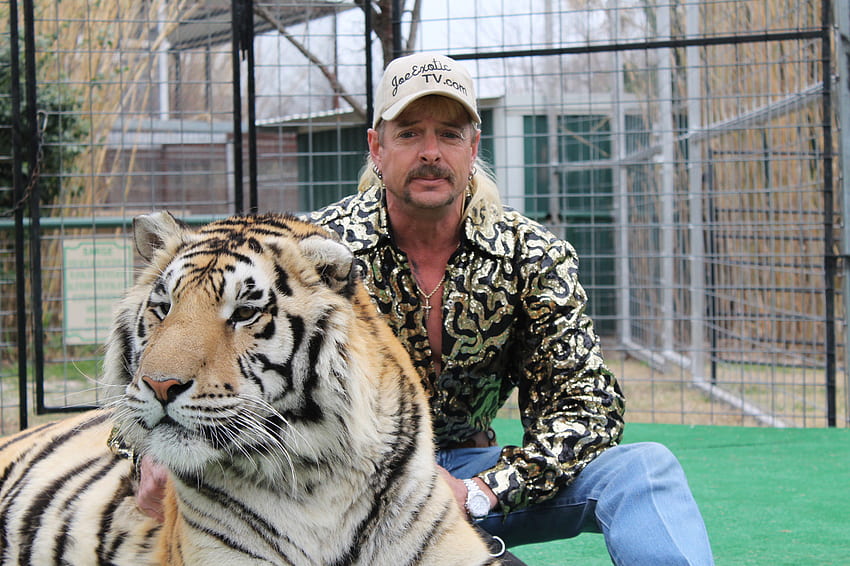
Pxfuel
The infamous roadside zoo operated by Joe Exotic became the center of global attention—and for good reason. Animals like tigers, bears, and chimpanzees were subjected to appalling conditions. After the zoo’s closure, organizations like PETA and Big Cat Rescue stepped in to relocate 46 animals to reputable sanctuaries. Today, these animals live in well-maintained enclosures with proper care and enrichment, far removed from the chaos of their previous lives.
19. Luján Zoo, Argentina – Awaiting Freedom

Aspundir
The Luján Zoo in Argentina was widely criticized for allowing visitors to interact directly with dangerous animals. After its closure, more than 400 animals, including 130 big cats, awaited relocation to suitable sanctuaries. While the transition has been slow, efforts are underway to ensure these animals find safe and ethical homes. Visiting the temporary holding areas, you see lions sunbathing in larger enclosures, a stark improvement from the overcrowded conditions they left behind.
From the lush forests of Costa Rica to the open plains of South Africa, these stories show how the end of a facility can mark a new beginning for animals. Each destination offers a unique opportunity for recovery, freedom, and a second chance at life. These transitions aren’t just about relocation—they’re about redemption, hope, and a brighter future for animals worldwide.


